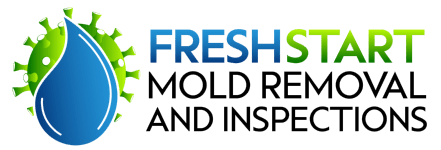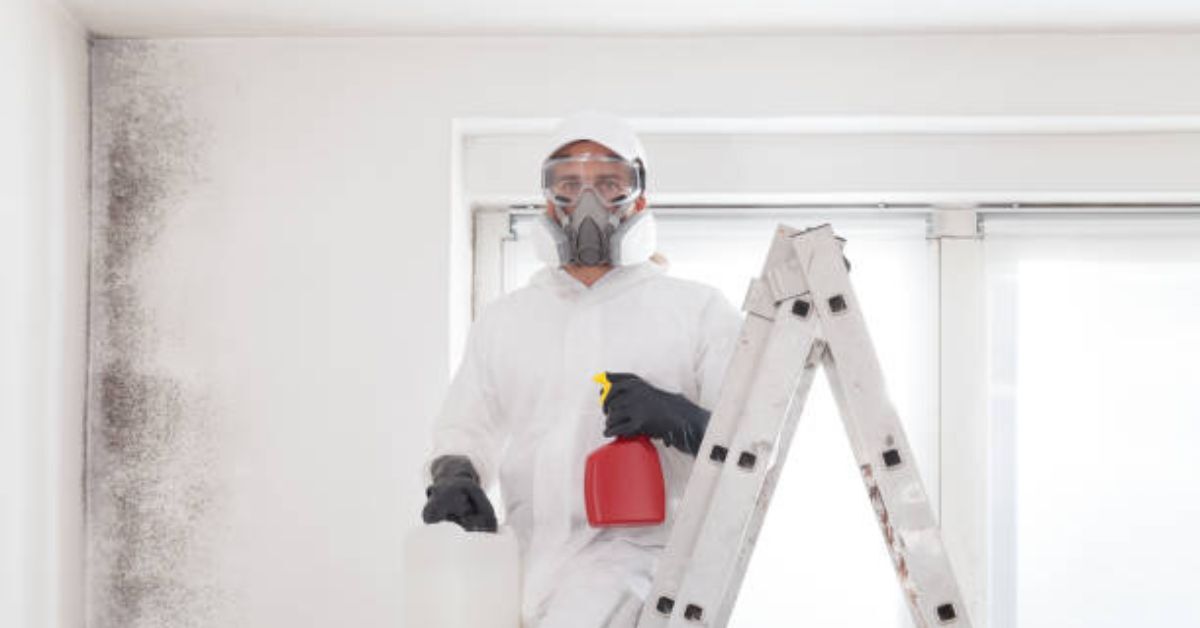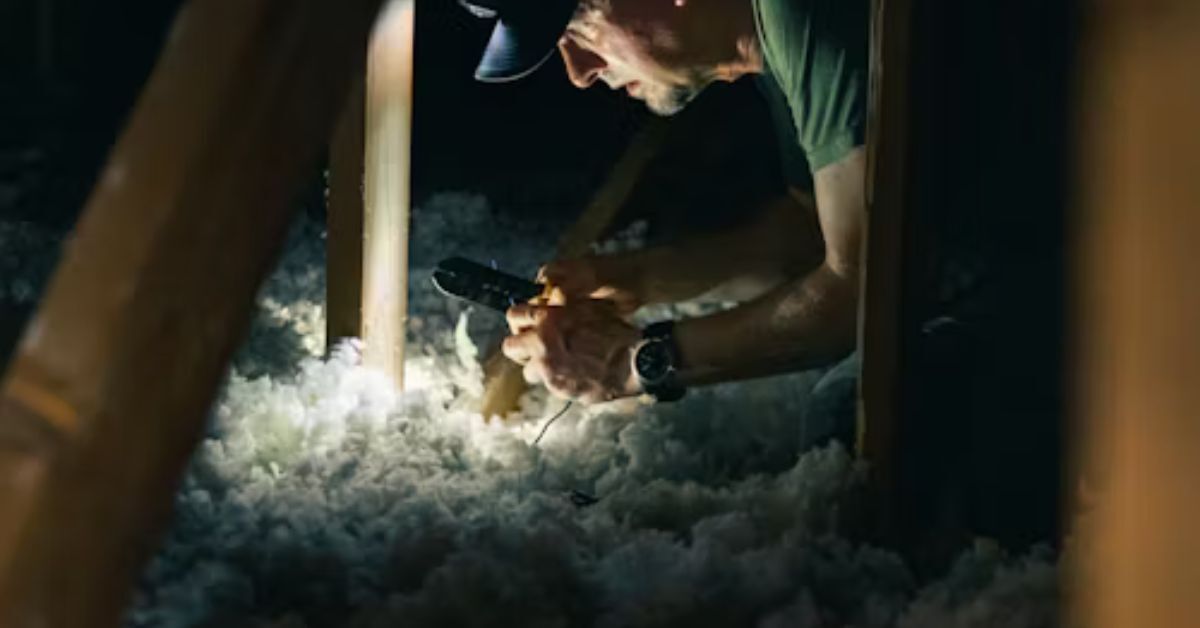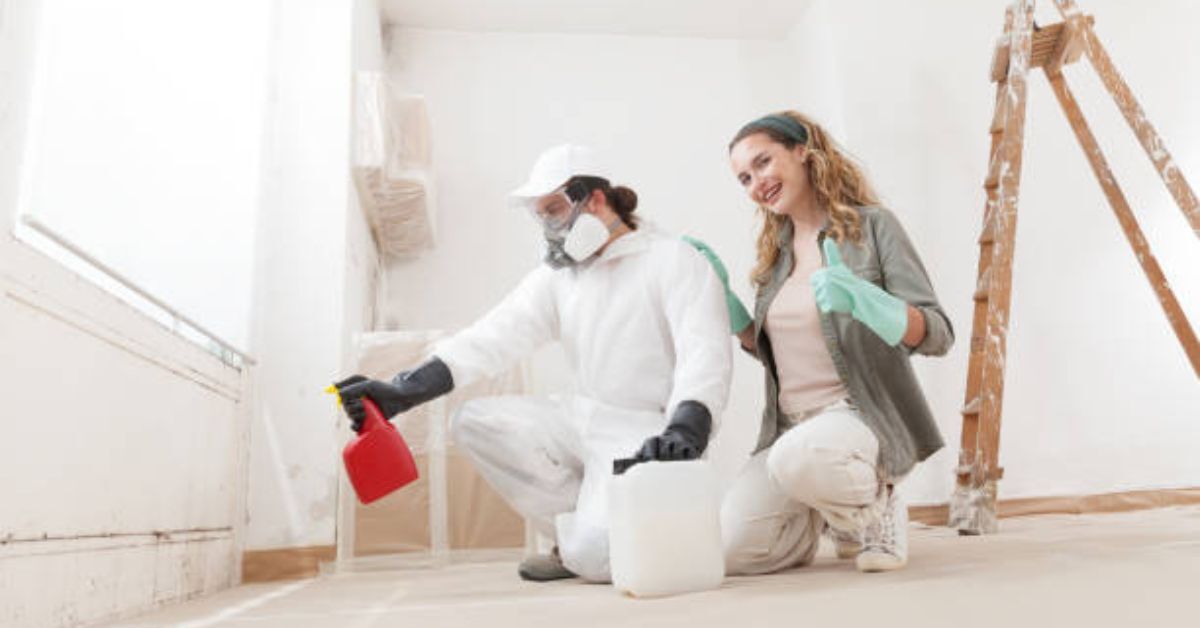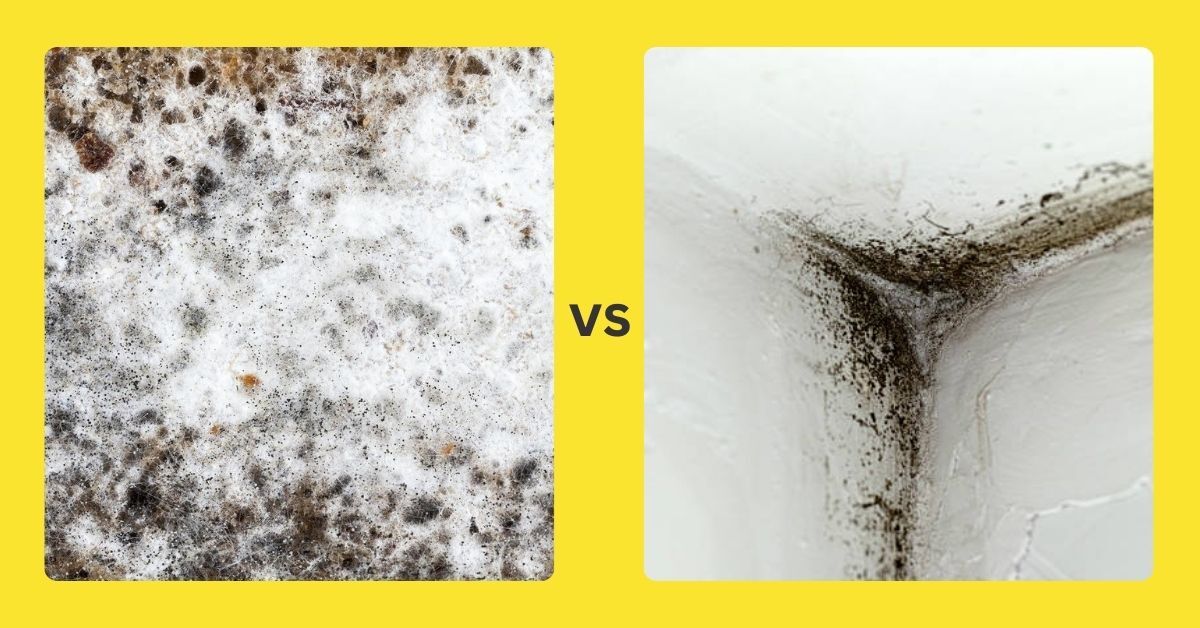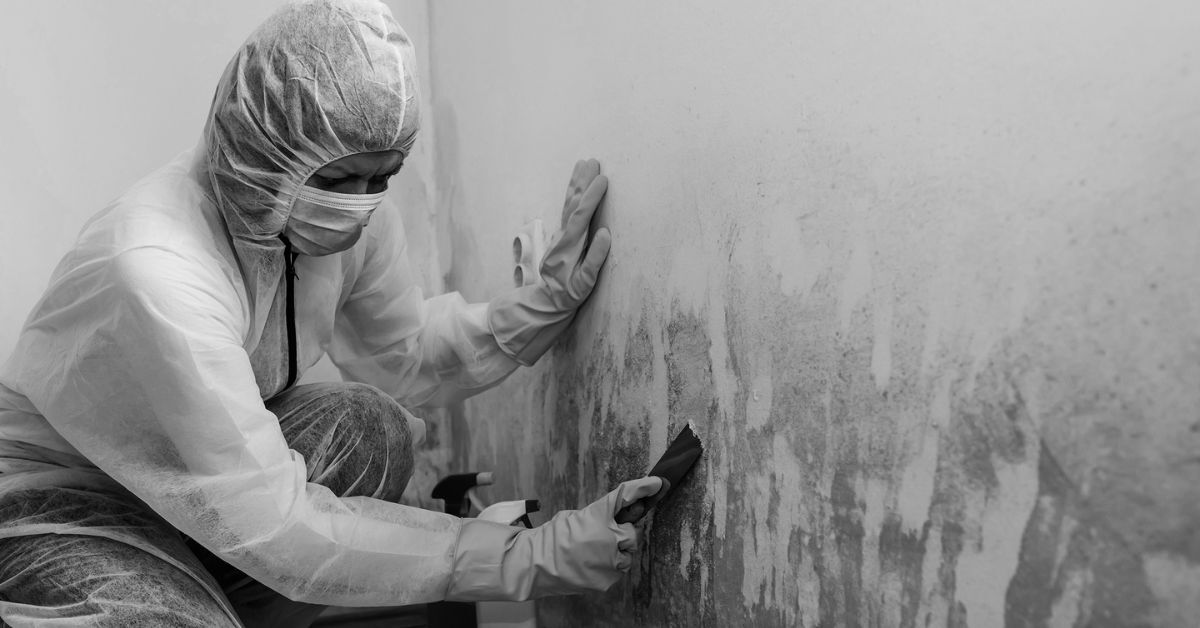Mold—it’s the last thing any homeowner wants to deal with. It can be sneaky, stubborn, and downright unhealthy. If you’ve been researching ways to get rid of mold, you’ve probably come across two terms: mold removal and mold remediation. But what is the difference between mold removal and mold remediation? And more importantly, which one is the better option for your home?
Let’s break it all down so you can make the right decision when dealing with mold issues in your home.
What Is The Difference Between Mold Removal And Mold Remediation?
You can see people using the terms “mold removal” and “mold remediation” interchangeably, but it’s not the same thing.
- Mold Removal: This process involves physically removing visible mold from surfaces in your home. However, this approach does not fix the root cause of the mold problem. But it could return if conditions remain favorable for growth.
- Mold Remediation: This is a more comprehensive process that goes beyond just removing visible mold. It includes identifying and addressing the source of the moisture that’s causing the mold to grow in the first place. Mold remediation also includes cleaning, disinfecting, and preventing future mold outbreaks.
So, when it comes to mold remediation vs. removal, it’s clear that remediation takes a more thorough approach. But let’s dive deeper into each method.
What Happens During Mold Removal?
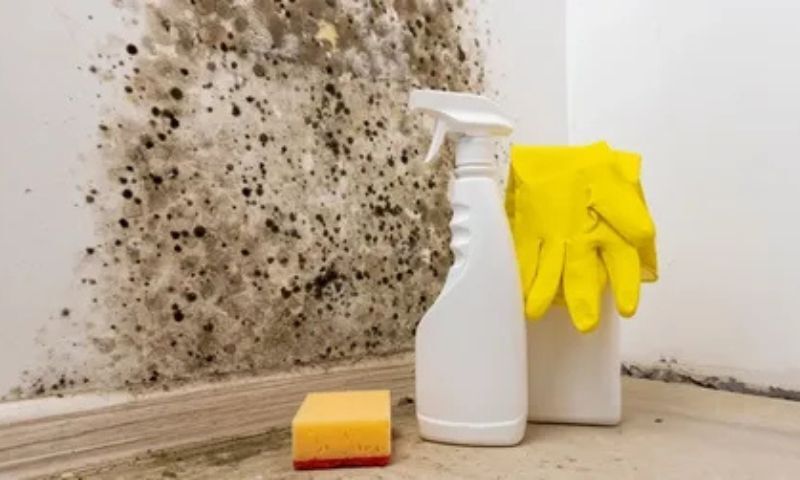
If you opt for mold removal, here’s what you can expect:
- Technicians will physically scrub, scrape, or use chemicals to remove mold from surfaces like walls, ceilings, and furniture.
- High-efficiency particulate air (HEPA) vacuuming may be used to capture loose mold spores.
- Antimicrobial agents might be applied to slow down mold regrowth.
While mold removal does make your home look clean again, it doesn’t necessarily mean the problem is gone for good. Since it only tackles visible mold, spores in the air or hidden in walls and floors may still be lurking.
What Happens During Mold Remediation?
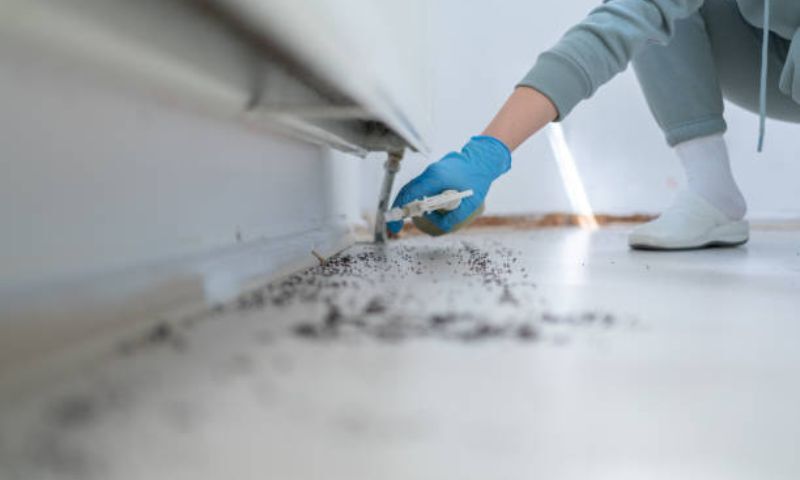
Mold remediation, on the other hand, follows a more strategic and long-term approach:
- Inspection & Assessment: Mold remediation experts will first inspect your home and locate the mold-infested areas, as well as identify the source of moisture feeding the mold.
- Containment: Professionals will isolate the affected areas to avoid mold spores from spreading to other areas of the house.
- Air Filtration: HEPA filters are used for capturing mold spores improving indoor air quality.
- Mold Removal & Cleaning: This step includes deep cleaning, disinfecting surfaces, and, in some cases, removing materials that are too damaged to restore.
- Prevention: The key difference between mold removal and mold remediation is prevention. Remediation services focus on fixing moisture problems to stop mold from coming back.
By addressing both the mold and its underlying causes, mold remediation ensures a healthier living environment.
Mold Removal or Mold Remediation: Which One Is Better?
Now that we’ve compared mold remediation vs. removal, which one should you choose?
If you’re dealing with a minor mold issue, such as a small patch in your bathroom, mold removal might be enough. But if the problem is widespread or keeps coming back, mold remediation is the better option.
Here’s why:
- Long-term effectiveness: Mold remediation doesn’t just remove mold—it prevents it from returning.
- Health benefits: Mold exposure can result in respiratory issues, allergies, and other health problems. Remediation ensures better air quality.
- Protecting your property: If left untreated, mold can cause structural damage to your home. Remediation helps prevent costly repairs in the future.
How to Choose the Right Remediation Services?
If you’re considering professional help, here are some things to look for in a mold remediation company:
- Experience & Certifications: Look for certified professionals who specialize in mold remediation services.
- Comprehensive Inspection: A good company should identify the root cause of the problem, not just clean visible mold.
- Air Quality Testing: The best remediation services also test air quality before and after treatment for best results.
- Guarantees & Warranties: Many reputable mold remediation companies offer guarantees on their work, ensuring that mold won’t return.
- Safe & Eco-Friendly Methods: Some companies use non-toxic, eco-friendly solutions to remove mold without harming your indoor air quality.
Nevertheless, it is important to look for credible mold removal providers to see the effective results choosing the best services for mold removal is very important. And if you take our advice,, then Fresh Start mold removal services are considered to be one of the best ones to get the job done right.
Common Myths About Mold Removal and Remediation
There are many misconceptions when it comes to mold. Here are some common myths debunked:
Myth 1: Bleach Kills All Mold
While bleach can remove surface mold, it doesn’t penetrate into drywall or wood, where mold roots can accumulate. Proper mold remediation is needed to ensure complete removal.
Myth 2: Mold Won’t Return After Removal
Without addressing the moisture problem, mold can and will return. That’s why mold remediation is the superior choice—it eliminates the conditions that allow mold to grow.
Myth 3: DIY Methods Are Best Alternative to Professional Services
While minor mold issues can sometimes be handled with DIY methods, extensive mold infestations require professional expertise. Improper handling can spread mold spores, worsening the problem.
DIY Mold Removal: Is It a Good Idea?
For small, surface-level mold problems, you might be tempted to handle it yourself using household cleaners. While DIY mold removal can work in some cases, it’s important to remember:
- Bleach and other common cleaners may not fully eliminate mold spores.
- If you don’t address the source of moisture, mold will return.
- Disturbing mold without proper protective gear can release spores into the air, making it worse.
If you suspect a serious mold issue, it’s best to call in professionals for mold remediation instead of attempting removal on your own. Get remediation services for long-term results and set the mold remediation timeline to get the fixture done as soon as possible.
Wrap Up
Now that you know the difference between mold removal and mold remediation, you can make an informed decision that protects your home and health. Whenever you feel stuck between removal or mold remediation, know that the answer depends on the severity of your mold problem. If you’re dealing with minor mold growth, removal might be enough.
Whether you need quick removal or a full remediation plan, tackling mold early is always the best approach!
